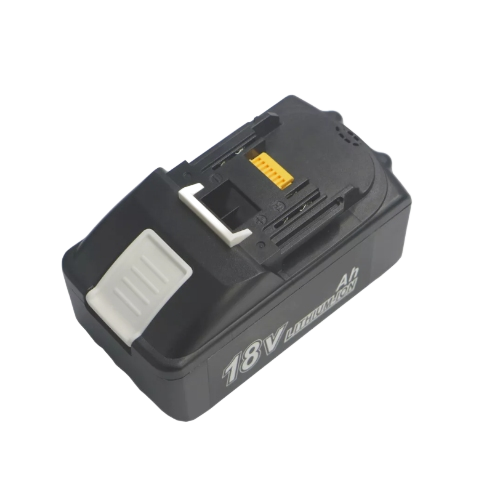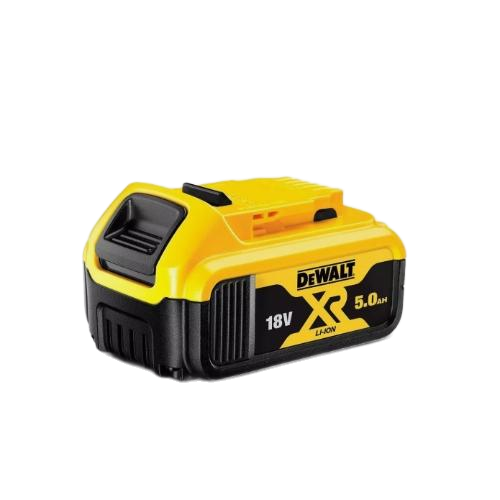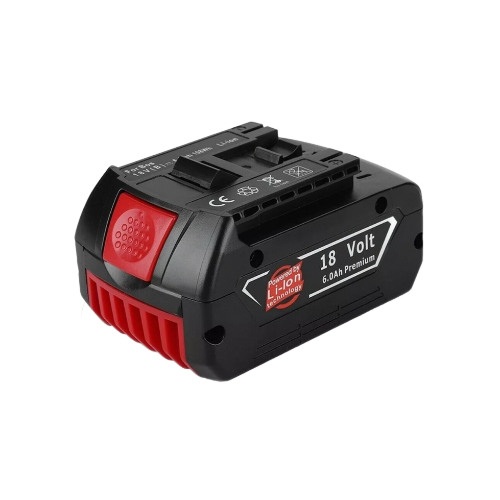Power Tool Batteries Compared: OEM vs Replacement – Which One is Right for You?
Compare OEM and replacement power tool batteries to find the best option for your tools. Discover key differences, performance insights, and why high-quality alternatives might be the smarter choice.
## Power Tool Battery Comparison: OEM vs Replacement Batteries
When your power tool battery starts losing performance or dies altogether, you’re faced with a big decision: **Do you buy an original battery from the tool’s manufacturer (OEM), or choose a replacement battery from a third-party brand?**
Let’s break down the **differences, benefits, and smart alternatives** to help you make the best choice for your tools and budget.
---
Common Types of Power Tool Batteries
Power tool batteries typically fall into three categories:
| Battery Type | Chemistry | Pros | Cons |
| ---------------------------------- | ---------- | -------------------------------------------------- | ------------------ |
| **NiCd (Nickel-Cadmium)** | Older tech | Durable, inexpensive | Heavy, memory effect |
| **NiMH (Nickel-Metal Hydride)** | Mid-gen tech | Eco-friendlier, better capacity | Shorter lifespan |
| **Li-Ion (Lithium-Ion)** | Modern tech | Lightweight, fast-charging, high capacity | Higher initial cost |
Today, **Li-Ion** batteries dominate the market due to their performance, efficiency, and long lifespan.
---
OEM Batteries: What You Pay For
**OEM (Original Equipment Manufacturer)** batteries are made by the same company that made your power tool — like Makita, DeWalt, Bosch, or Milwaukee.
Pros:
*Perfect compatibility
* Factory-grade quality
* Covered under original warranty
Cons:
* High price tag (often 2x–3x more than replacements)
*Limited availability for older models
* Sometimes identical internal cells to aftermarket batteries
---
Replacement Batteries: A Smarter, Cost-Effective Option
**High-quality replacement batteries** are engineered to meet or exceed OEM specs — and often come with added features or capacities.
Advantages:
*Up to **50% cheaper**
* Higher capacity options (more runtime)
*Available for discontinued models
* Often use top-brand cells (Samsung, LG, etc.)
* Strict quality control from trusted suppliers
Potential Risks:
* Compatibility issues (if buying from unreliable sellers)
* Shorter warranty (unless premium brand)
**Tip:** Choose suppliers with UL/CE/FCC certifications, real user reviews, and transparent return policies.
---
Real-World Examples: Replacement Battery Upgrades
| OEM Model | Replacement Upgrade | Key Benefit |
| -------------------------------- | ------------------------------------------------ | -------------------------------- |
| DeWalt DCB205 5.0Ah | DCB206 6.0Ah or 9.0Ah from trusted brands | Longer runtime |
| Makita BL1830B 3.0Ah | BL1860B 6.0Ah Replacement | Double capacity |
| Milwaukee M18 48-11-1850 | 9.0Ah High Output Replacement | Boosted power for heavy tools |
---
Which One Should You Choose?
**Choose OEM if**:
✔ You want to maintain warranty coverage
✔ Your tool is still under manufacturer support
✔Price is not a major concern
**Choose Replacement if**:
✔ You need to save money without sacrificing performance
✔ You want extended runtime or discontinued compatibility
✔ You’ve verified seller quality and certification
---
How to Choose a Reliable Replacement Battery
1. **Check Compatibility**: Confirm model numbers match
2. **Look for Certifications**: CE, FCC, RoHS, UN38.3
3. **Battery Cell Quality**: Choose Samsung, LG, or Panasonic cell-based products
4. **Warranty & Support**: At least 6-12 months warranty is a must
5. **Read Reviews**: User feedback is your best friend
---
Final Thoughts
A **high-quality replacement battery** can offer **equal or better performance** at a fraction of the cost. As long as you choose a **trusted supplier**, replacement batteries are a smart upgrade — especially for pros, DIYers, or anyone using tools daily.
Want to explore our certified, affordable replacement batteries for all major power tool brands?
[Browse Our Power Tool Battery Collection Now]
---





